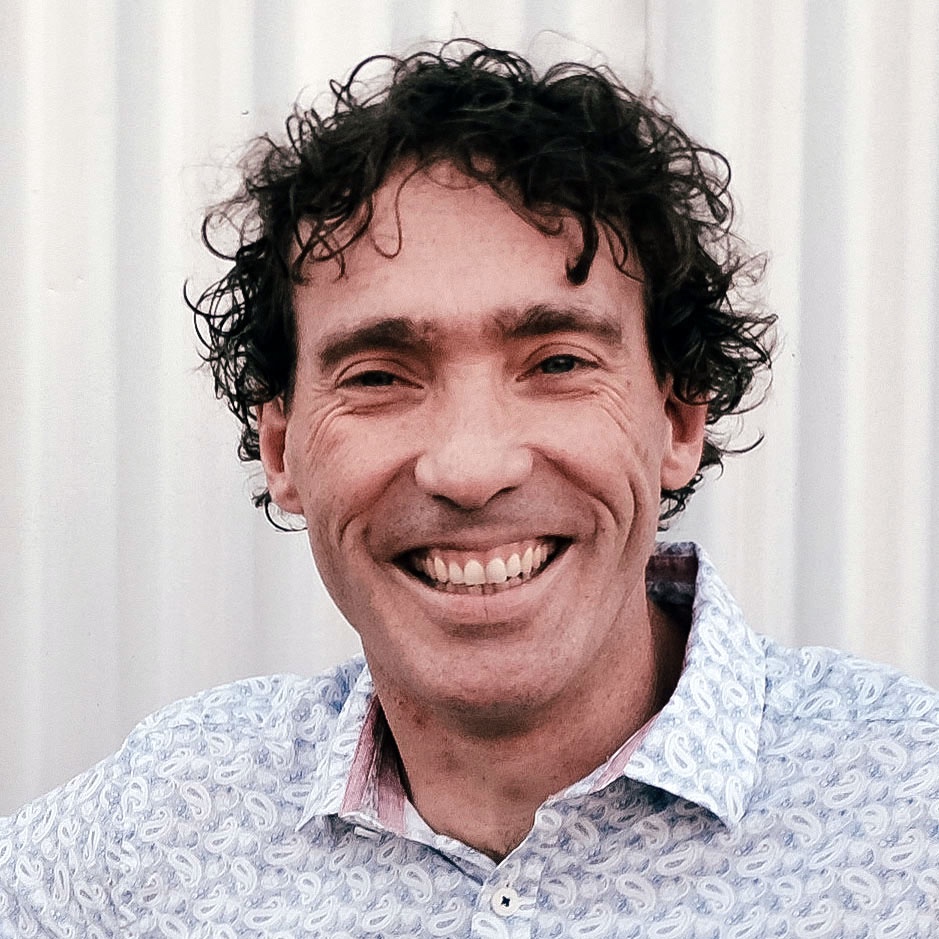Please wait...
About This Project
Sawfish are one of the most endangered fish in the world, and Atlantic tarpon are considered vulnerable. Both fish move into salty and fresh water, but we don't understand these movements. Knowing more could help identify ways to protect both species. Luckily, tarpon scales and sawfish rostral teeth store chemistry that can reconstruct the movements they make. We hypothesize that teeth and scales will allow is to reconstruct the movements of both fish in a non-lethal way.
More Lab Notes From This Project

Browse Other Projects on Experiment
Related Projects
How do polar bears stay healthy on the world's worst diet?
Polar bears survive almost entirely on seal fat. Yet unlike humans who eat high-fat diets, polar bears never...
Uncovering hidden insect diversity associated with a likely undescribed gall-forming midge
Does a likely undescribed species of gall-forming midge (pers. comm. Ray Gagné) on Eriodictyon plants (Yerba...
Macrofungi of the California archipelago
The eight islands of the California Archipelago are a well-studied biodiversity hotspot — but we know almost...



